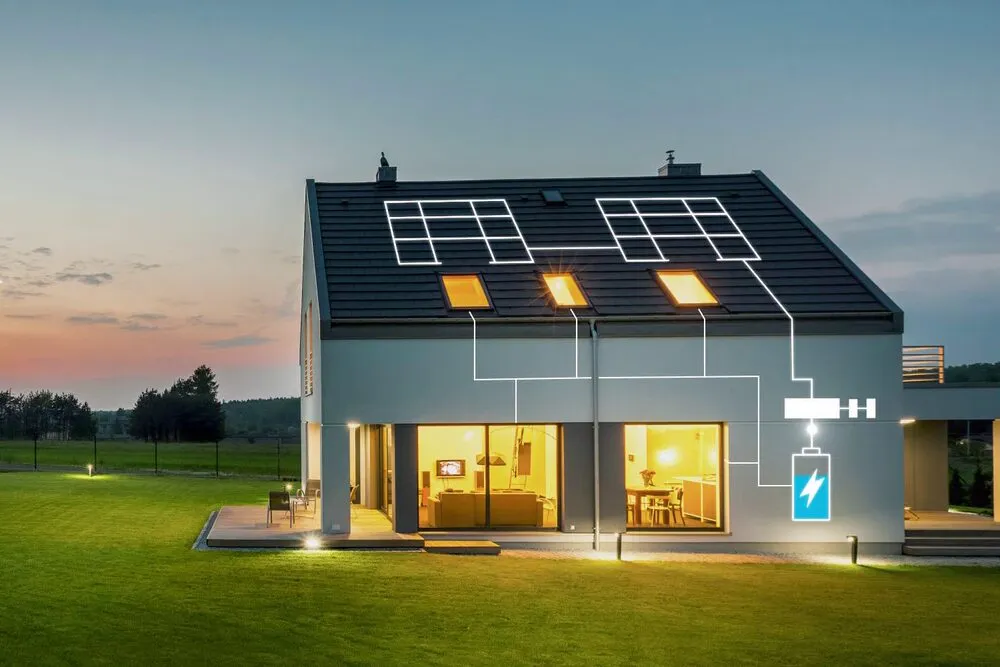Australia has spent a decade leading the world in rooftop solar. Now, homeowners are turning their attention to the next logical step: keeping that free energy for themselves after dark. In 2024 alone, about 75 000 home battery systems were installed—up 47 % on 2023. (ABC)

What’s Driving the Surge?
- Falling Feed-In Tariffs: In some states daytime export rates have sunk as low as 1–3 ¢/kWh, making self-consumption king. (ABC)
- Rising Power Prices: Retail tariffs jumped 20 %-plus in several jurisdictions last year, widening the solar-versus-grid gap. (CleanTechnica)
- Cheaper Tech: Average lithium-ion pack prices have dropped 5-10 % per year since 2021, and mainstream brands are now quoting under AU $1 000 per usable kWh installed. (SolarQuotes)
How Big Is the Market Now?
Consultancy SunWiz puts the installed base at ~320 000 batteries country-wide, yet that’s just 1 in 12 solar homes, so the runway is long. (ABC)
Economics 2025: Crunching the Numbers
| Scenario | Typical 11 kWh Battery | With 30 % Federal Rebate* |
|---|---|---|
| Up-front cost | AU $13 500 | AU $9 500 |
| Annual bill saving | AU $1 200 | AU $1 200 |
| Simple payback | 11.3 yrs | 7.9 yrs |
- Projected under the Cheaper Home Batteries Program budgeted at AU $2.3 billion. (CleanTechnica)
Future Outlook
Energy analysts predict Australia could hit 1 million home batteries before 2030 if incentives land as planned. Installers are already reporting wait-lists into spring. For households with large evening loads or EVs, 2025 may be the golden window to lock in a subsidy before demand outstrips supply.
Take-aways for Homeowners
- Audit your evening usage first—bigger isn’t always better.
- Compare whole-of-system warranties (10 yr parts + labour is fast becoming standard).
- Factor inverter upgrades or hybrid models if your current unit isn’t battery-ready.
Ready to future-proof your solar? Eco Shine’s Battery Health Check models payback for your exact tariff, load profile, and panel output.


